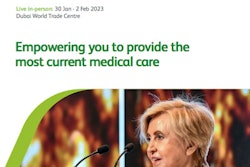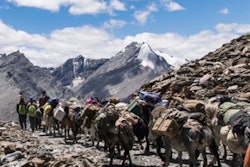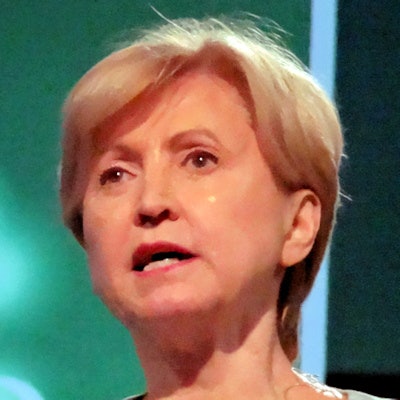
The Lancet Oncology Commission on Medical Imaging and Nuclear Medicine presented its findings from a major research effort on global health disparities on 4 March at ECR 2021. It's vital to get governments to scale up imaging infrastructure, said Dr. Hedvig Hricak, PhD.
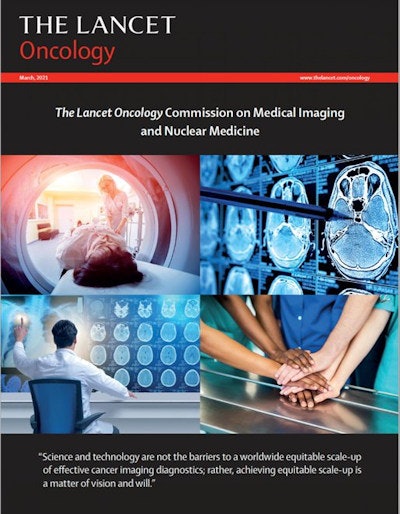 Image courtesy of Lancet Oncology.
Image courtesy of Lancet Oncology.Founded in 2018, the commission has been examining access to cancer diagnostics and treatment around the globe. This effort involved collection and extensive analysis of data from the International Atomic Energy Agency's Medical Imaging and Nuclear Medicine Global Resources Database.
The data show substantial differences in access to imaging between high- and low-income countries, with workforce inequities as a big factor behind the disparities.
Researchers used the data to model the potential effects of scaling up access to imaging services globally. They concluded that adequate access to imaging could prevent 2.5 million out of a total of 76 million cancer-related deaths between 2020 and 2030. This would save 54.9 million life-years, they concluded.
Furthermore, better access to imaging -- as well as better treatment and care quality -- could save 232.3 million life-years, according to the commission's findings.
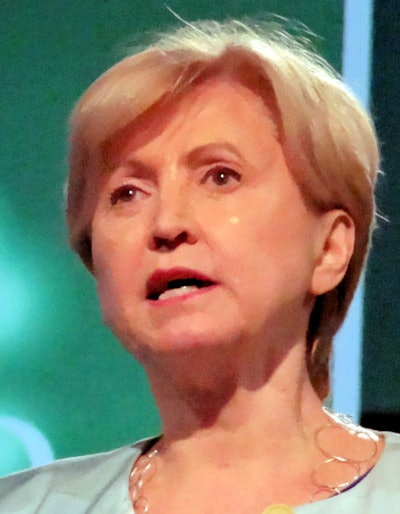 Dr. Hedvig Hricak, PhD.
Dr. Hedvig Hricak, PhD."The aim of the Commission was to provide data and guidance to catalyze sustainable improvement of medical imaging and nuclear medicine services for cancer management, particularly in low-income and middle-income countries," explained lead commissioner Dr. Hedvig Hricak, PhD, from Memorial Sloan Kettering Cancer Center, New York City.
Approximately 80% of the disability-adjusted life years lost to cancer are in low and middle-income countries, where only about 5% of the global funding for cancer control and care is applied. Imaging is essential to provide timely diagnosis, appropriate treatment selection and planning, and optimal outcomes for patients with cancer, the new report emphasizes.
“To date, comprehensive information on appropriate levels of imaging and nuclear medicine facilities and workforce required for cancer care have been limited. The data obtained allows estimates of projected equipment and workforce scale-up requirements for diagnostic imaging in cancer care,” said Dr. May Abdel-Wahab, co-first author of the commission and director of the International Atomic Energy Agency Division of Human Health.
For the first time, there is evidence demonstrating the substantial health and economic benefits of increasing imaging and nuclear medicine access for health outcomes of cancer patients globally, noted Dr. Rifat Atun, co-first author of the commission and professor of global health systems at Harvard University.
Now the global medical imaging community needs to get governments and funding bodies on board to work together on scaling up imaging infrastructure in low and middle-income nations, Hricak added.




